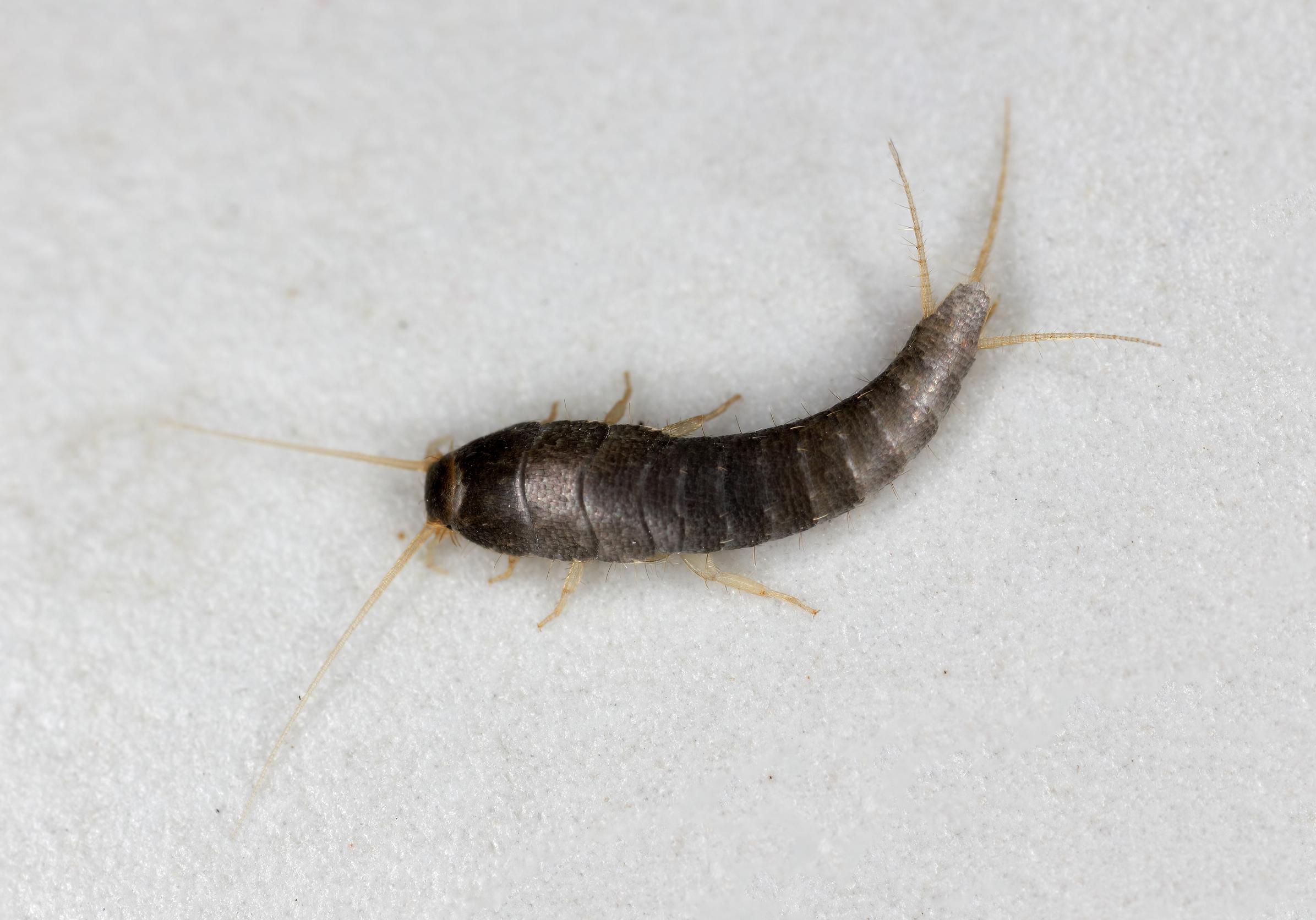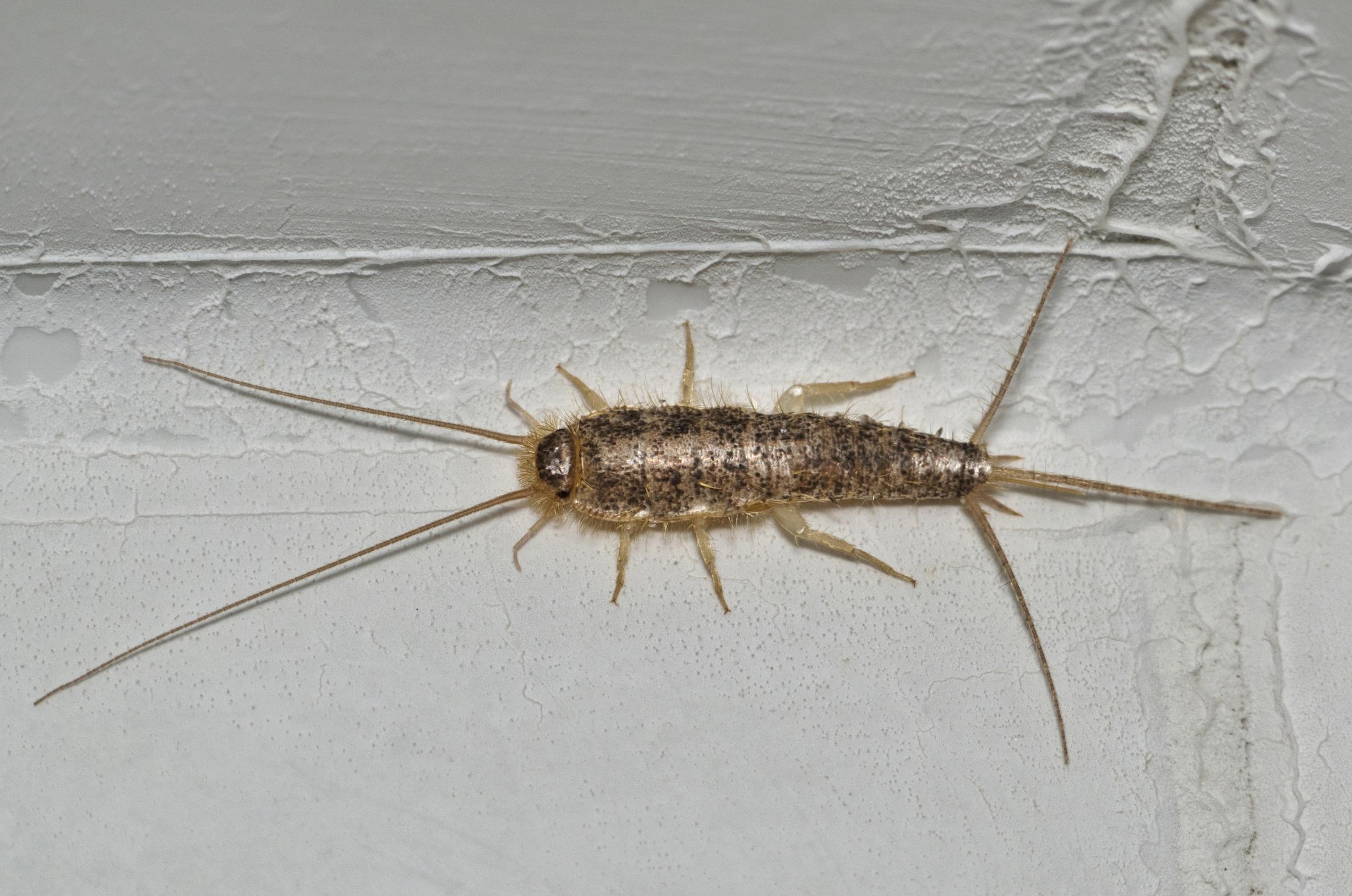
Silverfish love damp spaces: tips to get rid of these tiny pests
Silverfish are quick-moving inhabitants of humid areas that feed on remnants of human skin and hair. They can be challenging to eliminate completely, especially in apartment buildings, because they can move from one unit to another.
Characteristics of silverfish
An adult silverfish is typically around 12 millimeters (0.47 in) long, wingless, and has a silvery sheen that inspired its name. Its body is flattened and tapers toward the rear, with long, threadlike antennae and three elongated bristles at the end. Juveniles are smaller but otherwise similar. Under favorable conditions, they can live for up to five years.
Silverfish or paper silverfish?
It can be hard to tell silverfish from paper silverfish because you often only catch a quick glimpse. Silverfish are smaller and have a stronger silvery sheen, while paper silverfish are hairier and have longer rear bristles.


Where do silverfish come from?
Silverfish particularly frequent drains, kitchens, bathrooms, and cellars, as they thrive in warm, humid indoor spaces. You may spot them moving around at night or in darkness, and they dart away quickly when the light switches on.
They often travel between rooms through pipe passages and can also come up through drain traps. In apartment buildings, they easily move from one unit to another, making them more difficult to eradicate fully.
What do silverfish eat?
Silverfish lay eggs in cracks and crevices. They feed on starchy materials such as wallpaper paste, moldy paper, photographs, soiled textiles, hair, body hair, and shed skin cells. They also eat fungal mycelia and spores. If you see a large number of silverfish, it might sometimes point to a moisture issue.
Are silverfish dangerous?
In general, silverfish aren’t harmful and don’t damage food items, but they may spread pathogens if they move from drains onto surfaces where food is handled.
Controlling silverfish: how to get rid of them
Regular cleaning keeps silverfish in check. Thoroughly vacuum corners and baseboards, and wipe up any food spills right away.
Pouring boiling water into floor drains and sinks can kill hiding silverfish, provided the materials can withstand the heat. Non-toxic silverfish traps effectively lure both silverfish and paper silverfish, trapping them on adhesive surfaces. These handy traps can be placed in the bathroom or anywhere else you’ve spotted them.
Pyrethrin-based products are also available for eliminating silverfish. Apply them to floor drains, pipework, and other areas exposed to daily water use. Longer-lasting insecticides can be sprayed on baseboards and into other crevices. Leave the insecticide in place for a few weeks, and reapply as needed once its effectiveness decreases.
Expert: environmental inspector Hanna Vatanen, City of Helsinki Environmental Services
Sources also include: hel.fi/fi/asuminen/asuminen-ja-terveys/kodin-tuholaiset, hyonteismaailma.fi, vuokranantajat.fi


